
A jarring but necessary revelation that comes to all scientists, eventually, is that the daily practice and pursuit of knowledge isn’t the endless series of thrilling discoveries that they once envisioned. The “scientific method,” after all, is a fancy way of characterizing the slow, measured grind—the theorizing and experimenting—that defines so much scientific labor. Occasionally, though, teachers emerge with such engaging, energized ways of making science new again that, through their eyes (and occasionally through their antics) the universe regains its power to enthrall.
Hubert Alyea—a Princeton University professor famous for lively, colorful chemistry classes and public talks that were as much performance as professorship—was such a teacher. Alyea, who died in 1996 at the age of 93, lectured with an animated, dynamic style that drew enthusiastic audiences of all ages. In the photographs in this gallery, some of which were first published in LIFE in August 1953, his excitement is almost palpable.
“Grimacing with fiendish delight,” LIFE wrote of Alyea’s pyrotechnic teaching, “he sets off explosions, shoots water pistols and sprays his audience with carbon dioxide in the course of 32 harrowing experiments dramatizing complicated theory.” Alyea delivered his talk on the chemistry behind the atomic bomb and atomic energy about 2,800 times all over the world—burning several suits of clothing in the process.
[See the LIFE gallery, “The Day Einstein Died: A Photographer’s Story”]
Despite his own success, Alyea was well aware of the challenges that got in the way of similar science demonstrations in communities the world over. He developed an inexpensive “armchair chemistry” kit to be used in conjunction with an overhead projection system. This technique allowed for science demonstrations not only throughout the United States but in countries like Thailand, India and Mexico. His fame was noted as far away as Hollywood; the popular 1961 Disney film, The Absent-Minded Professor, starred Fred MacMurray as professor Ned Brainard, whose manic mannerisms in the title role were reportedly modeled largely on Alyea’s.
Alyea’s affiliation with Princeton, meanwhile, was a long one. After earning an undergraduate degree there, he returned for a Ph.D. in 1928. He continued to deliver his hugely popular, poetry-and-ad-lib-filled lectures at Princeton reunions for years after his retirement. (He was on the faculty for 42 years.) He earned honorary degrees and teaching awards from colleges and teachers’ associations around the country.
Here, LIFE.com again honors Hubert Alyea: an educator who made learning part magic and part mayhem for laymen and scientists alike, with a delivery that was nearly as explosive as the science itself.
Tara Thean is a freelance writer and graduate student in biological sciences at Cambridge University. Follow her on Twitter @tarathean.
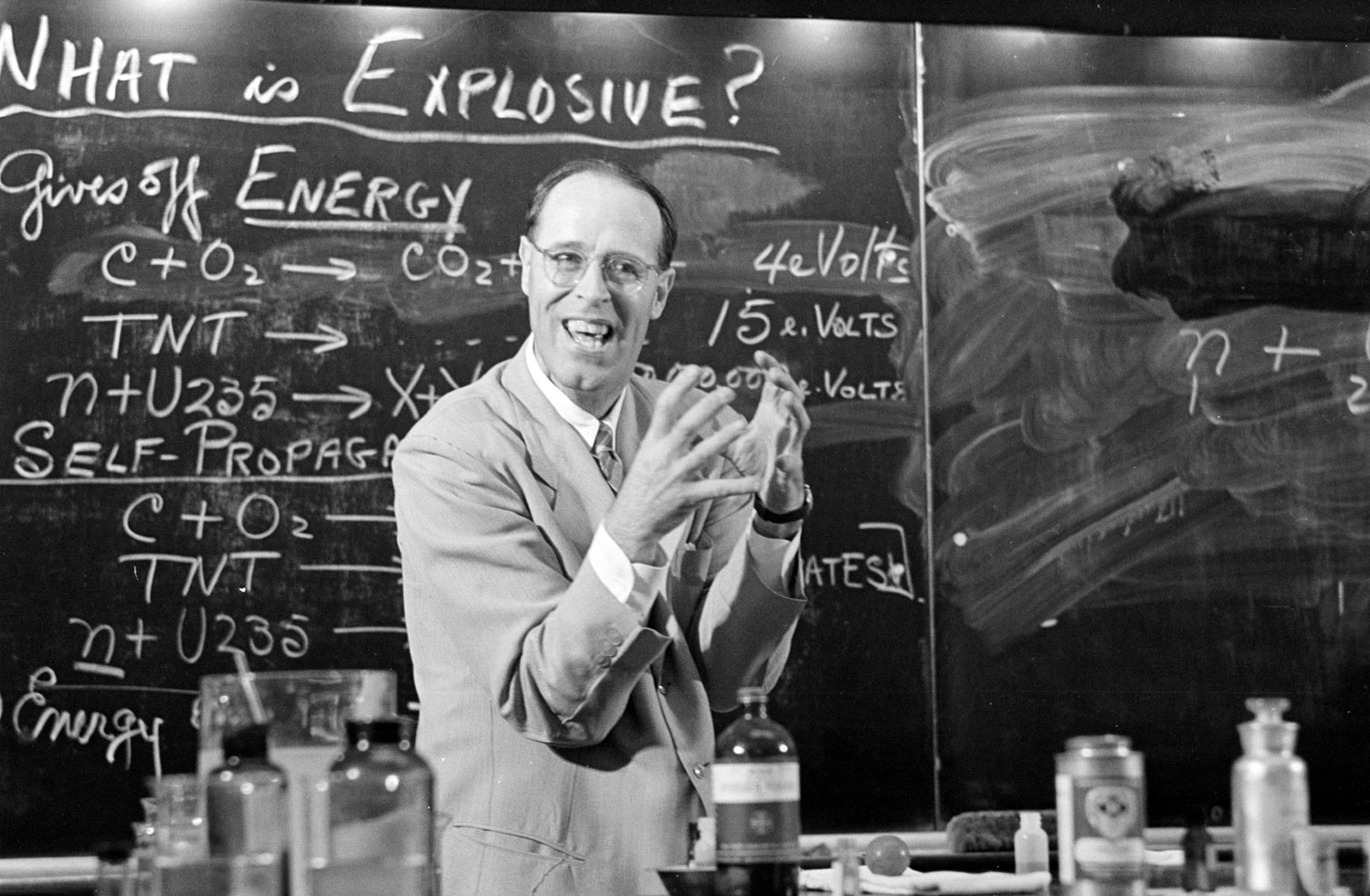

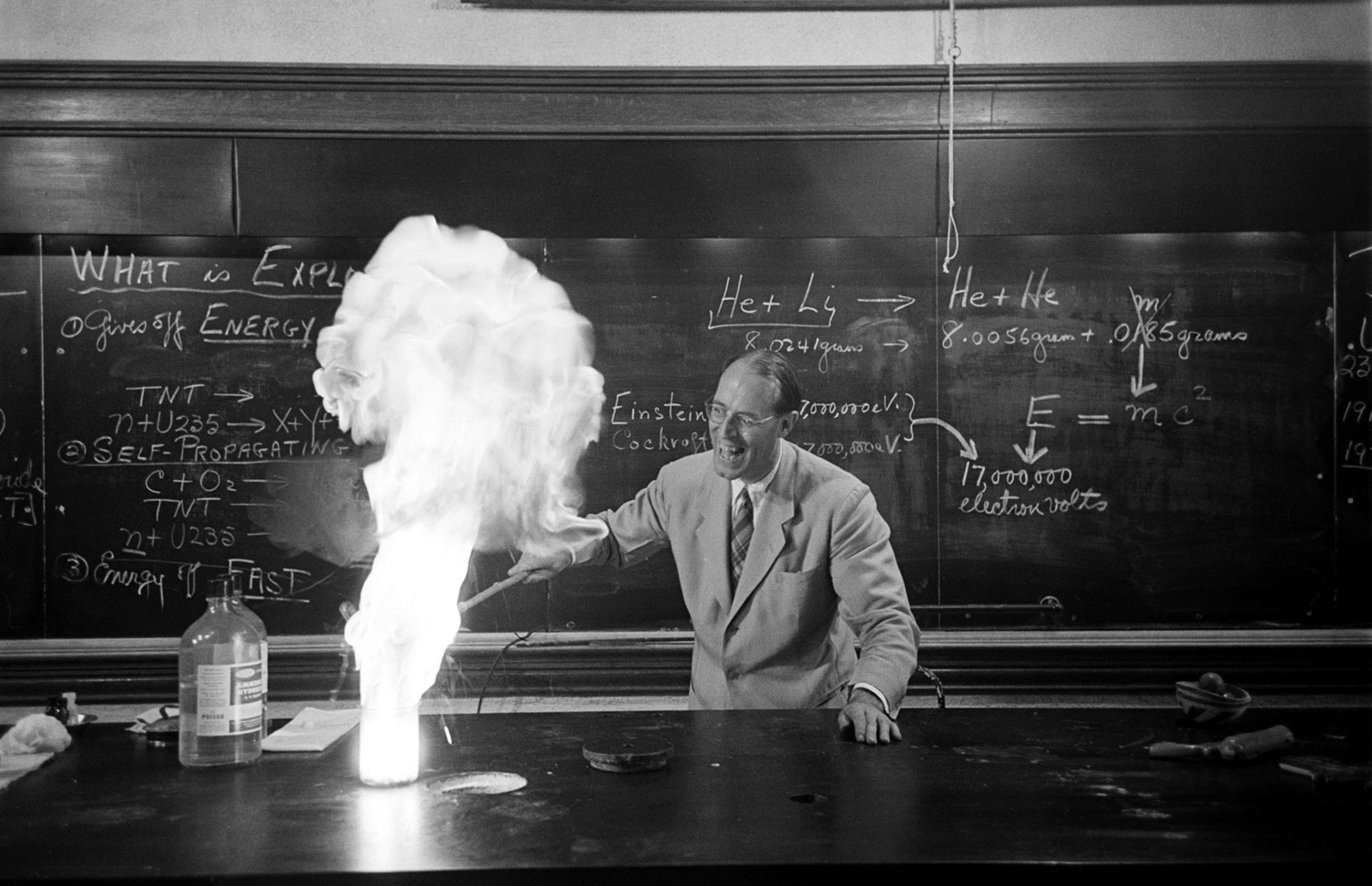
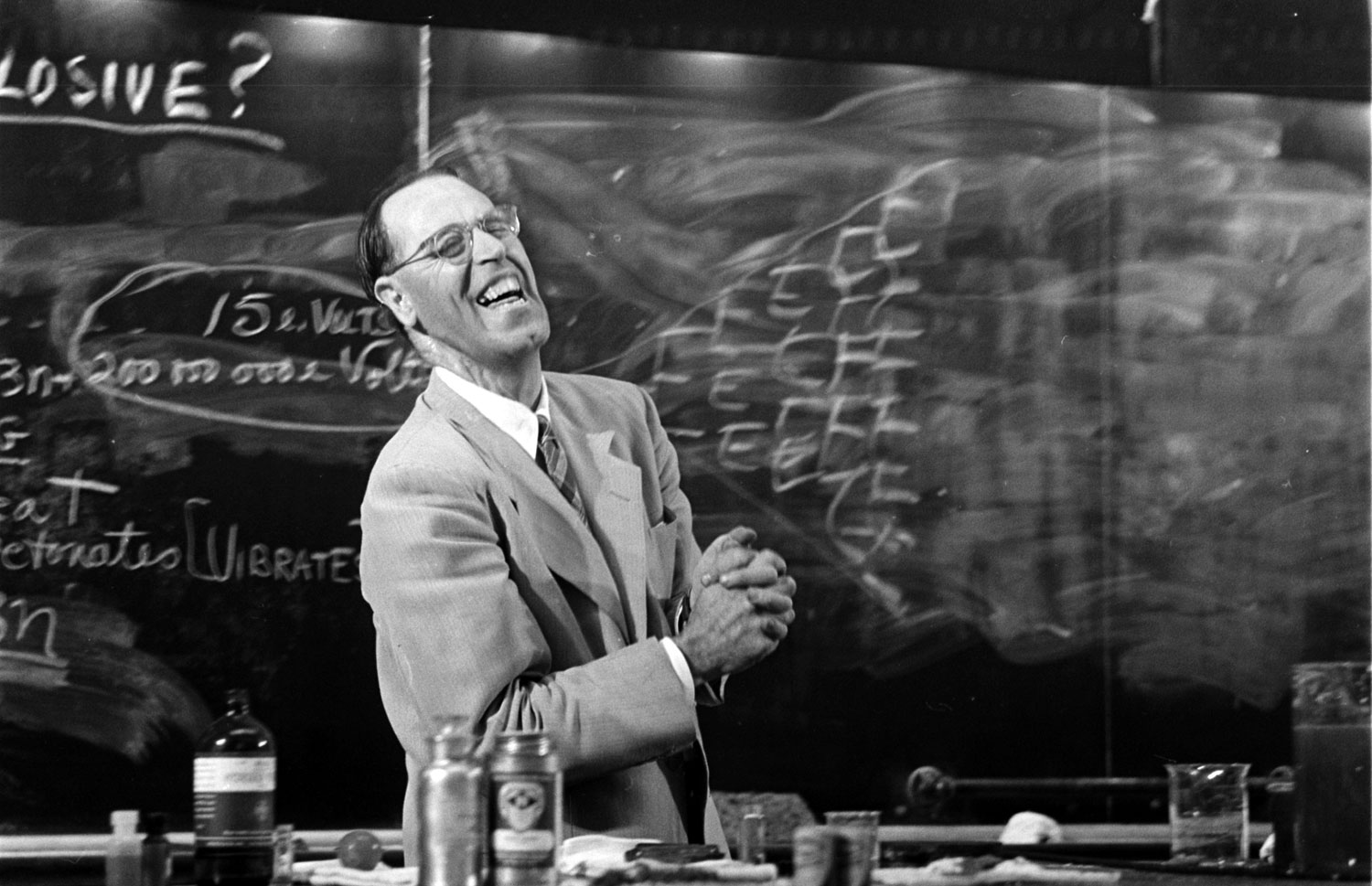
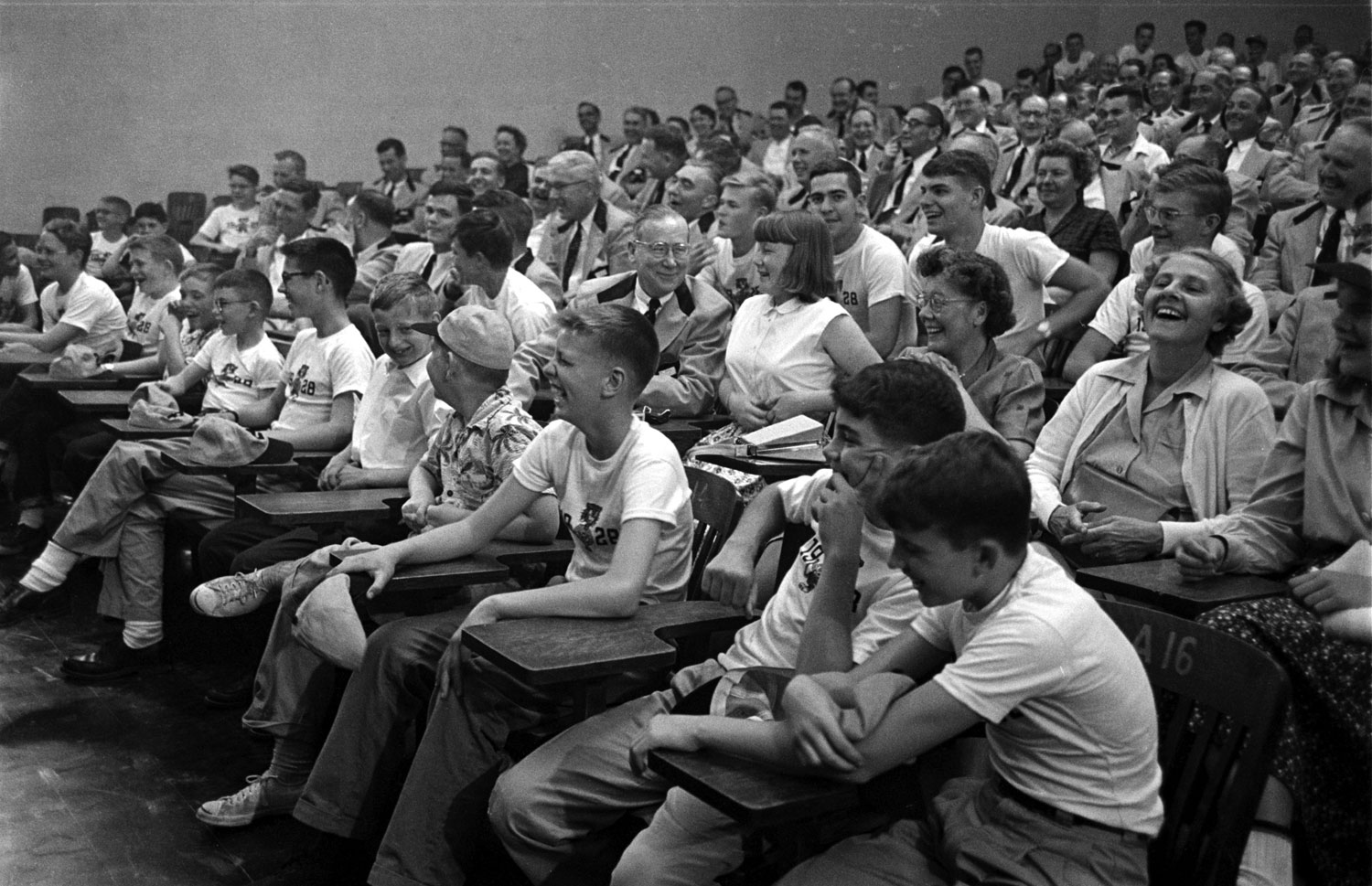
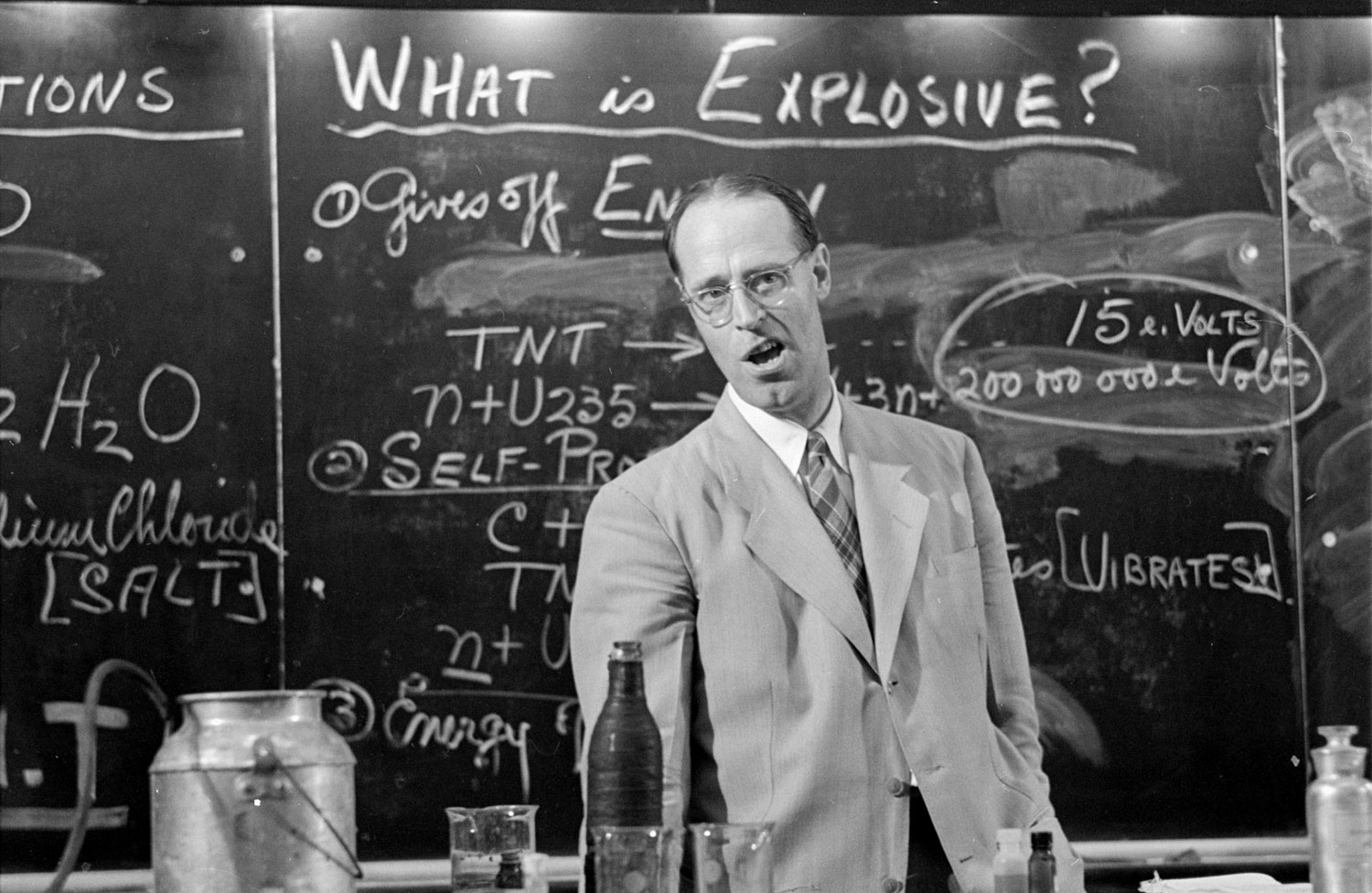

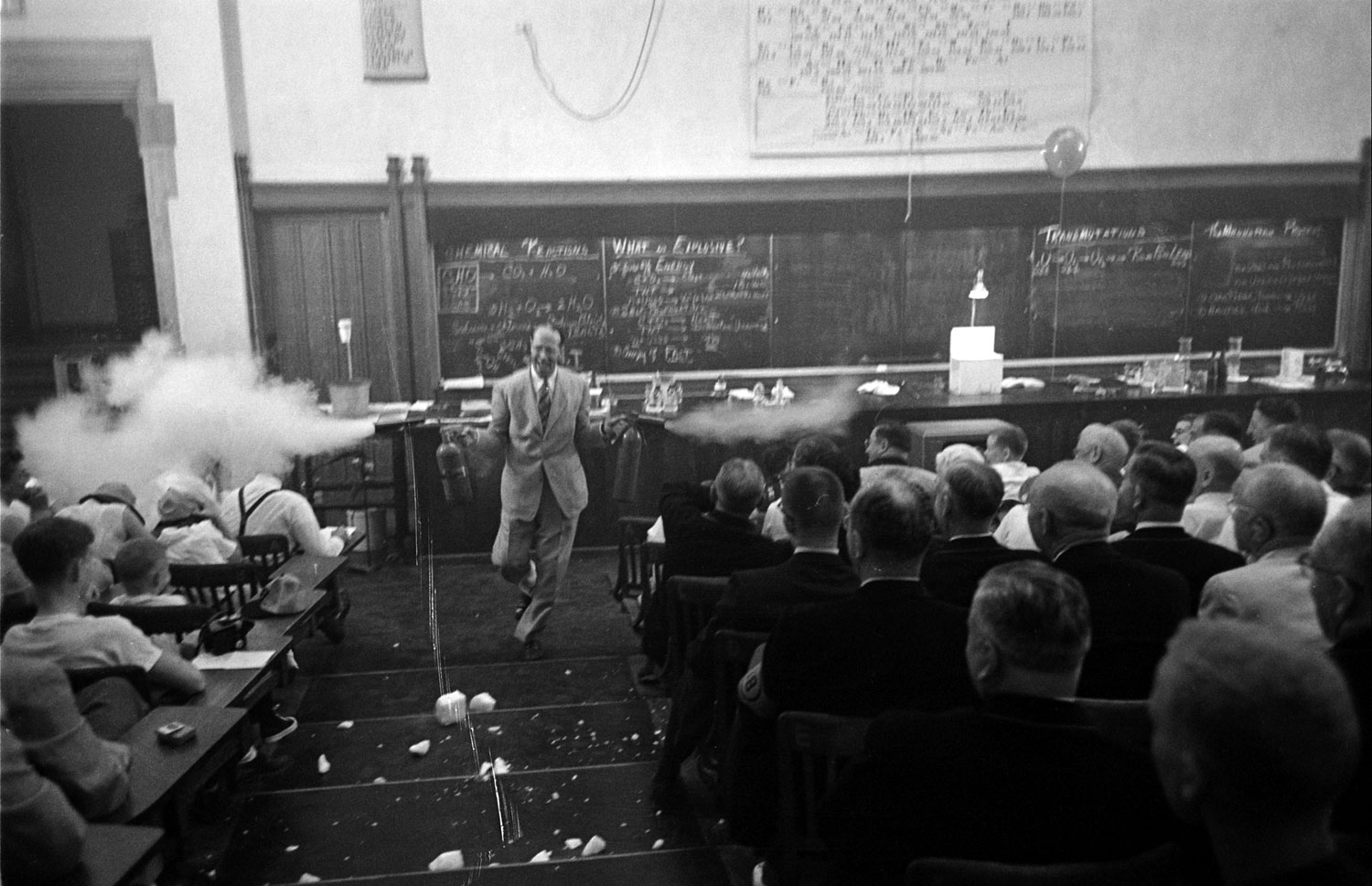
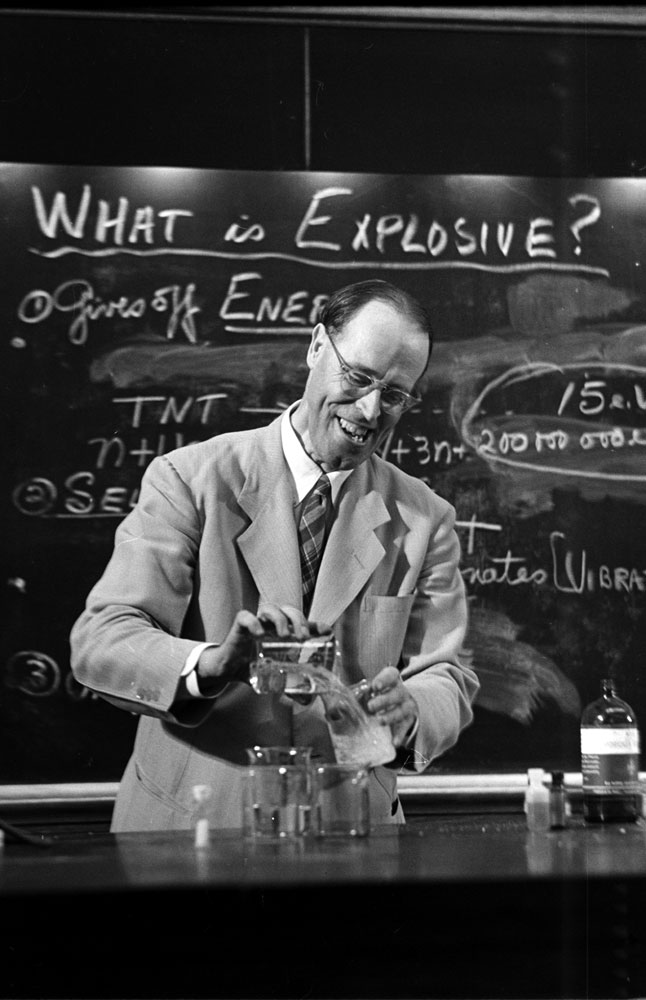
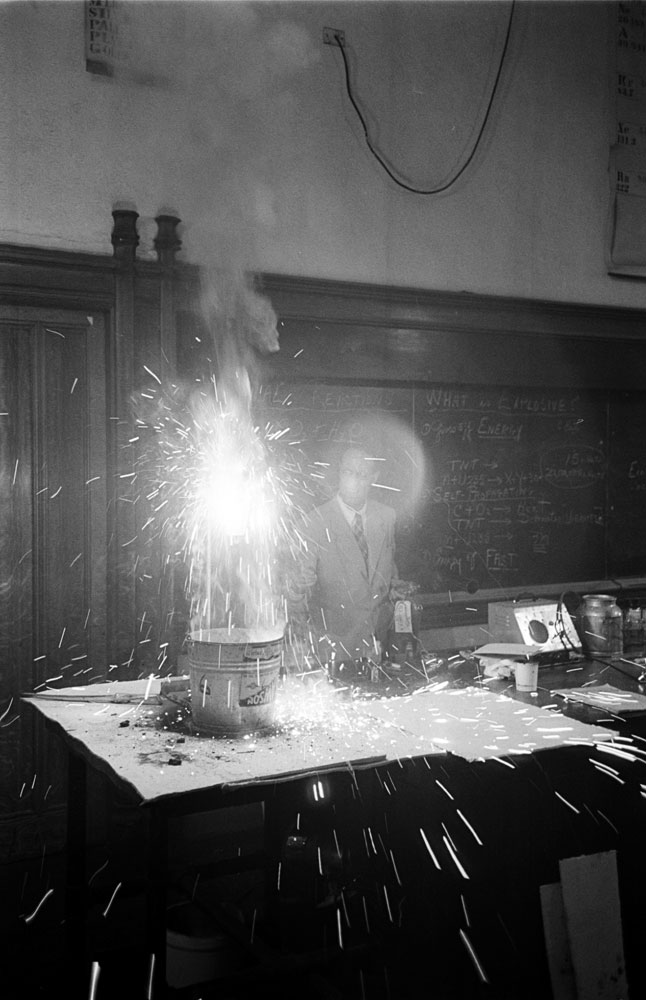
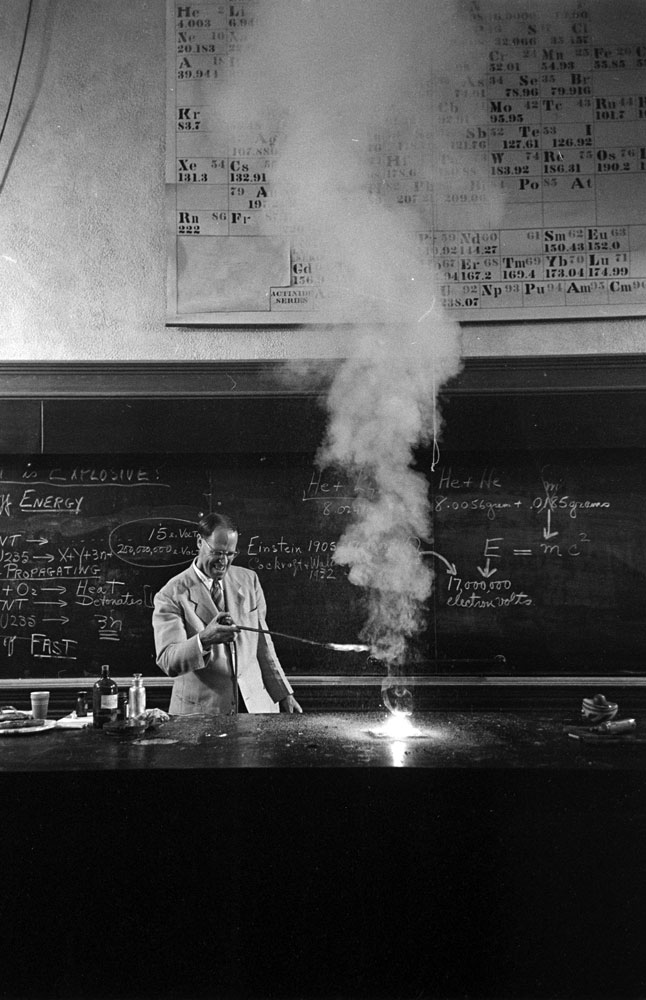


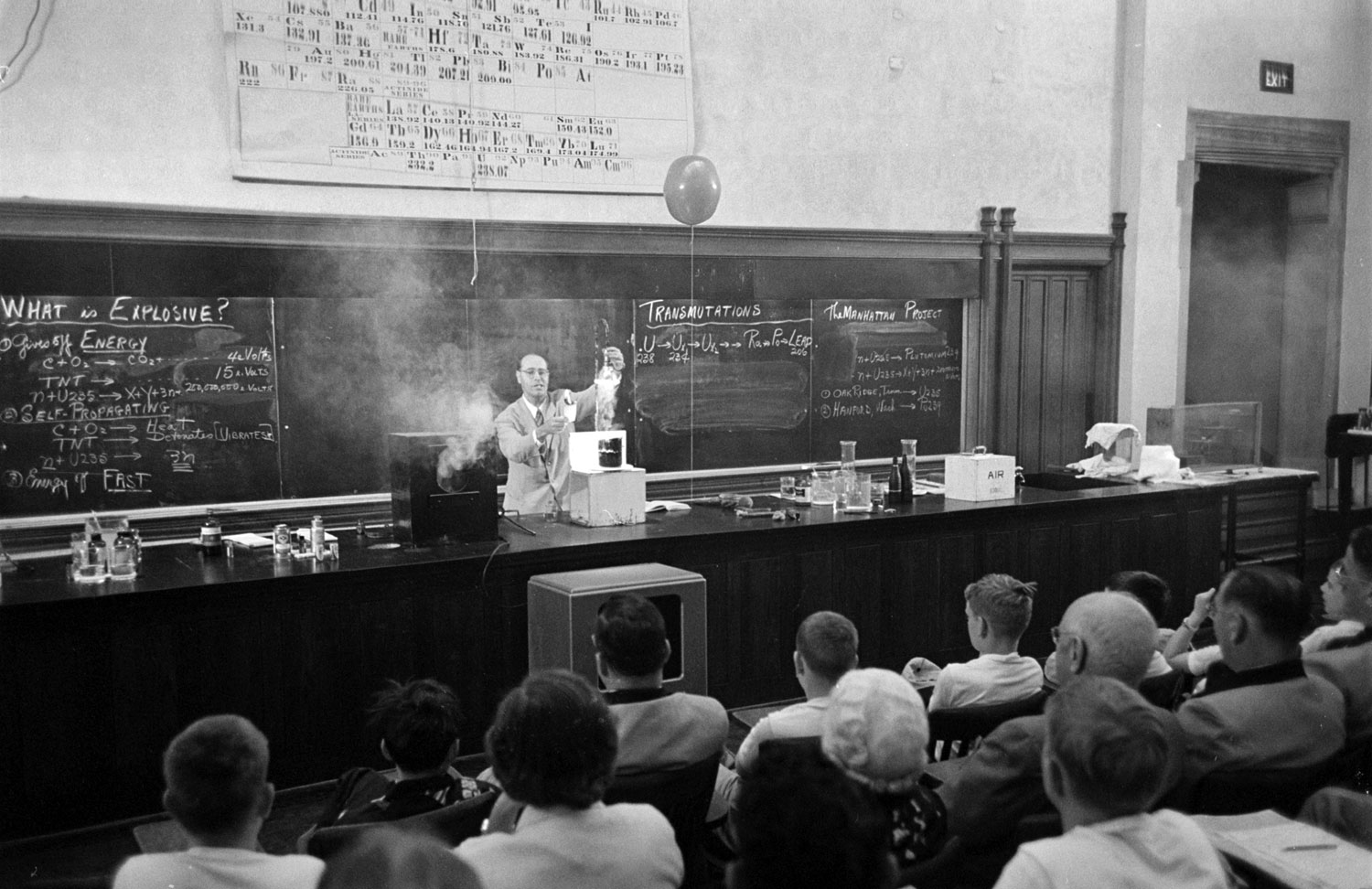
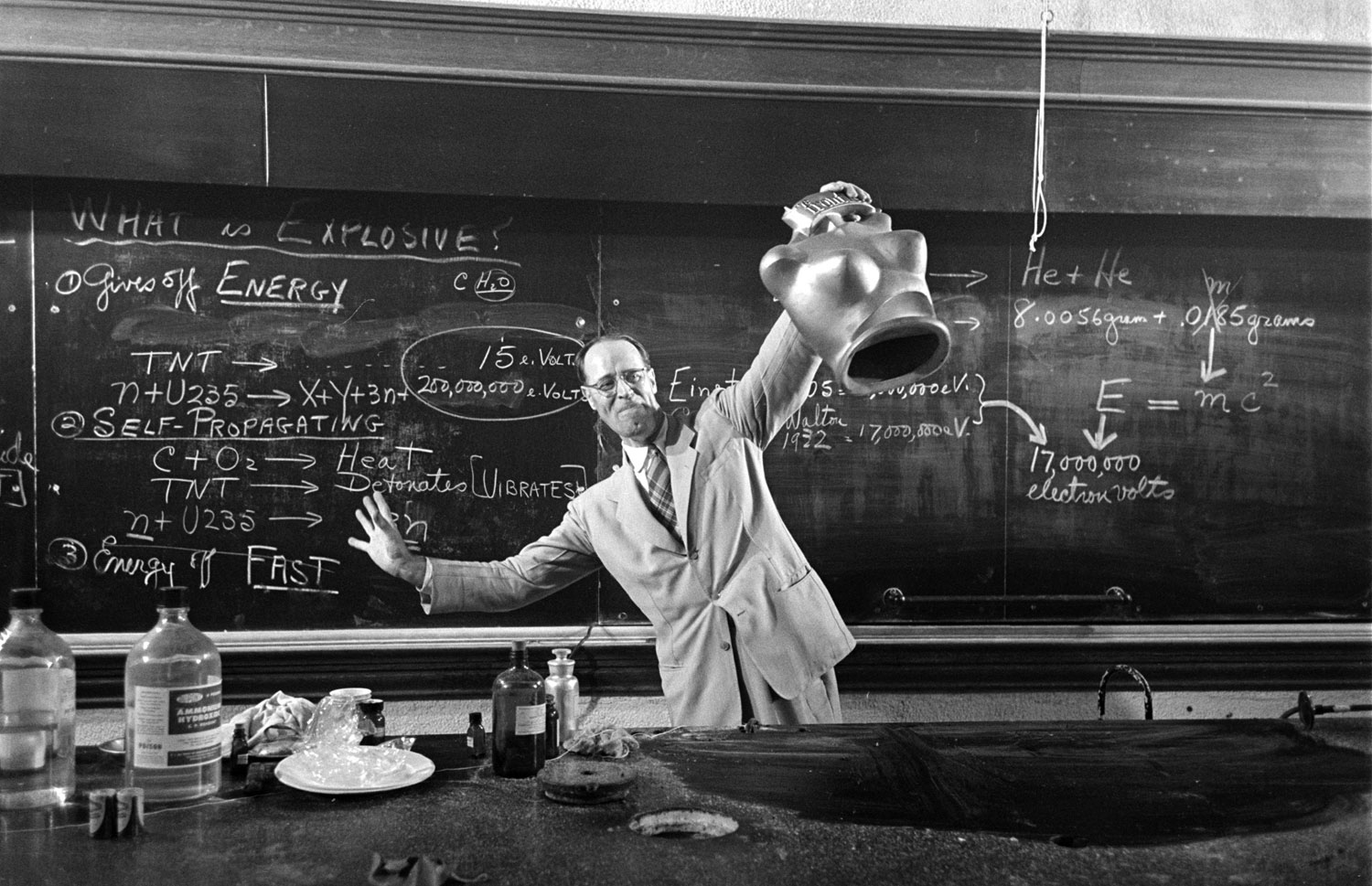
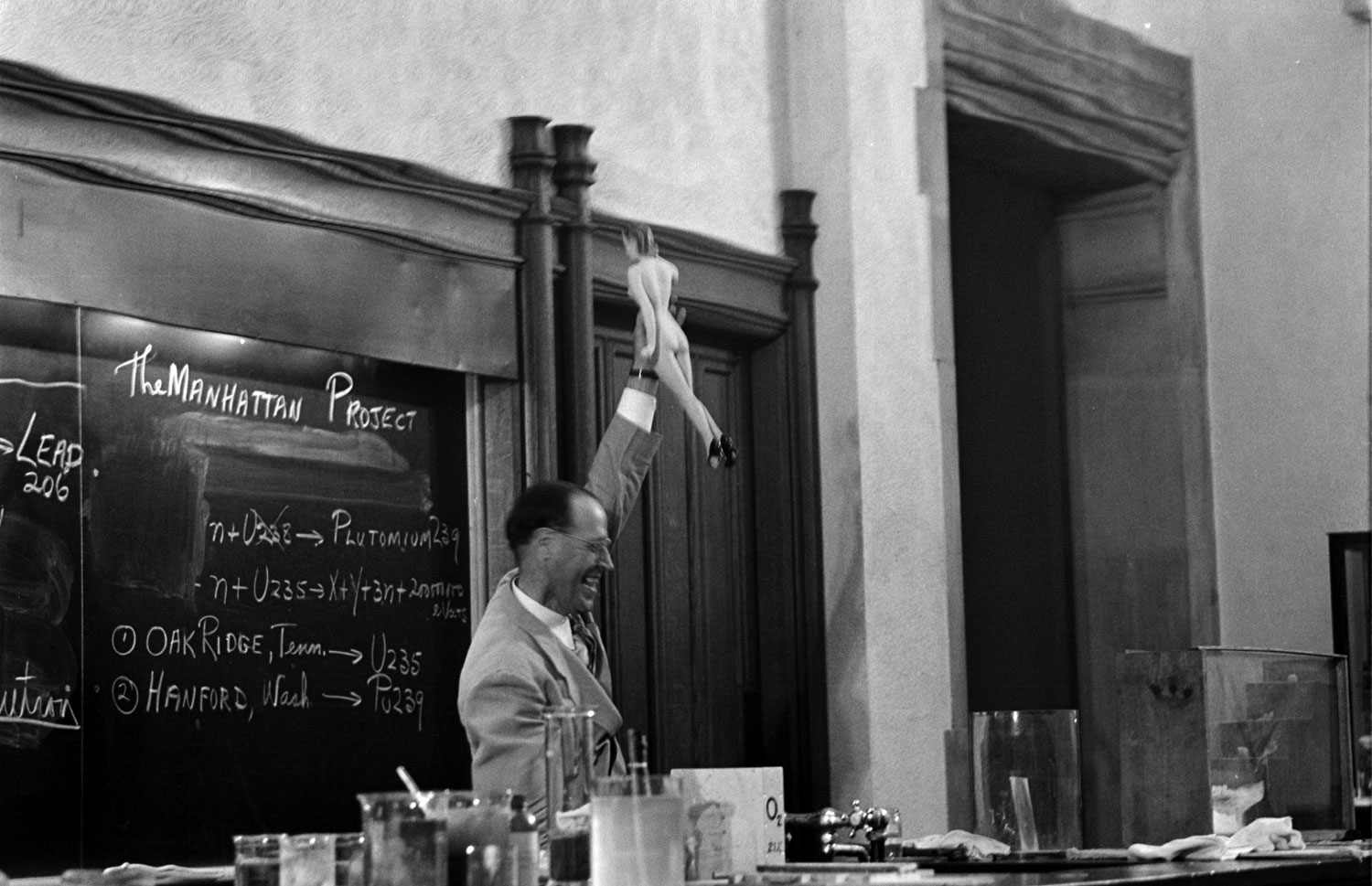
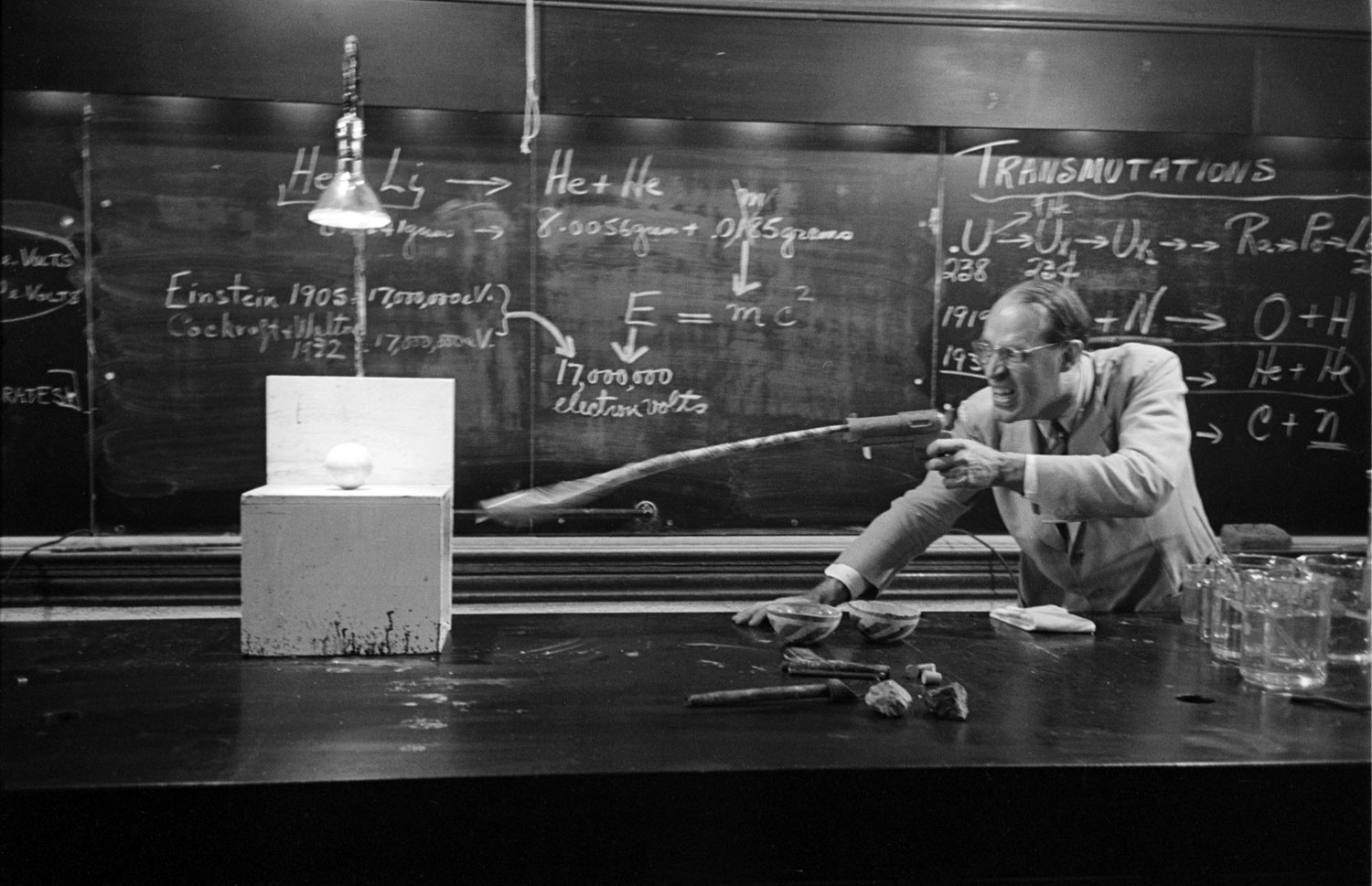
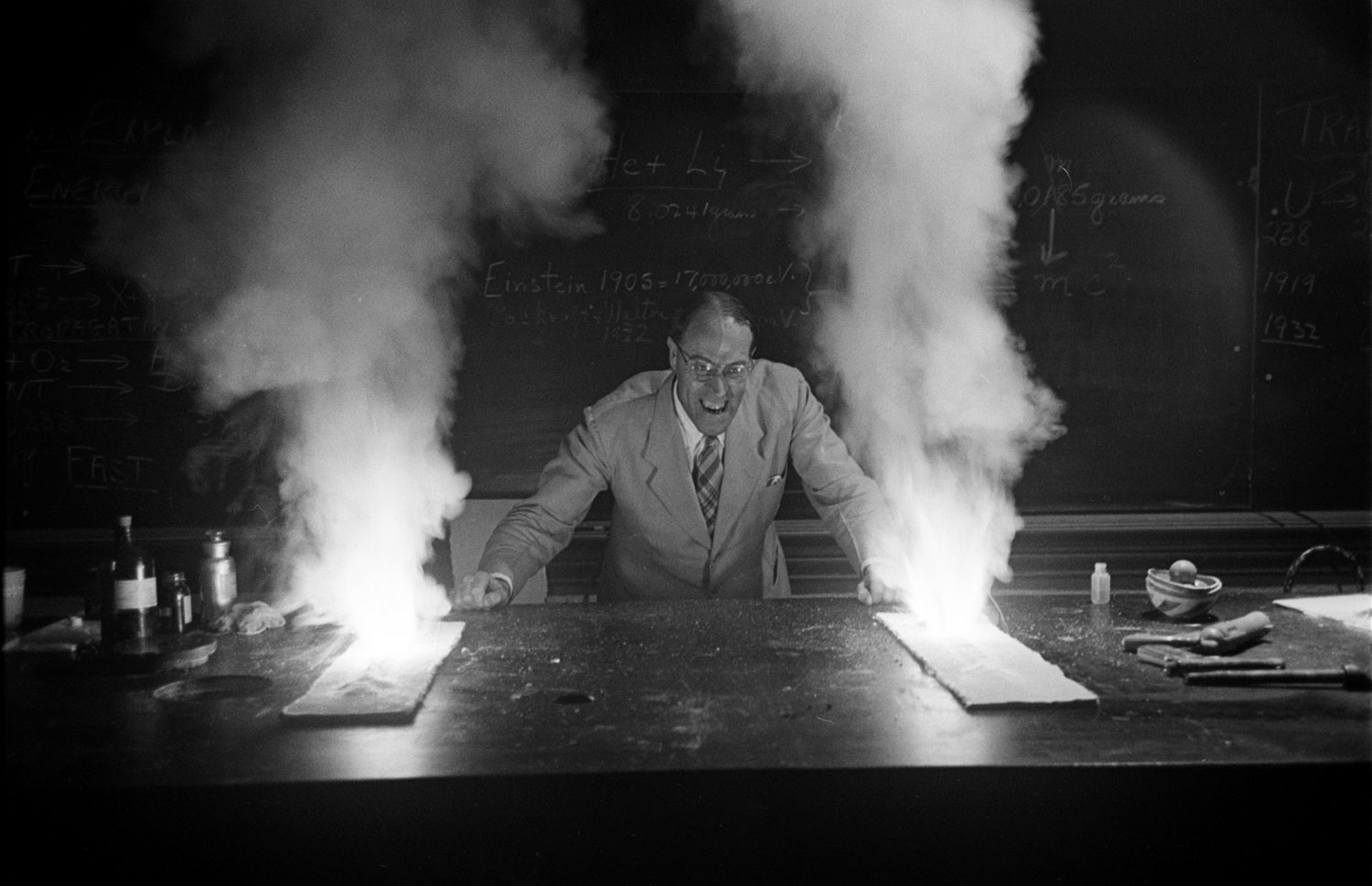
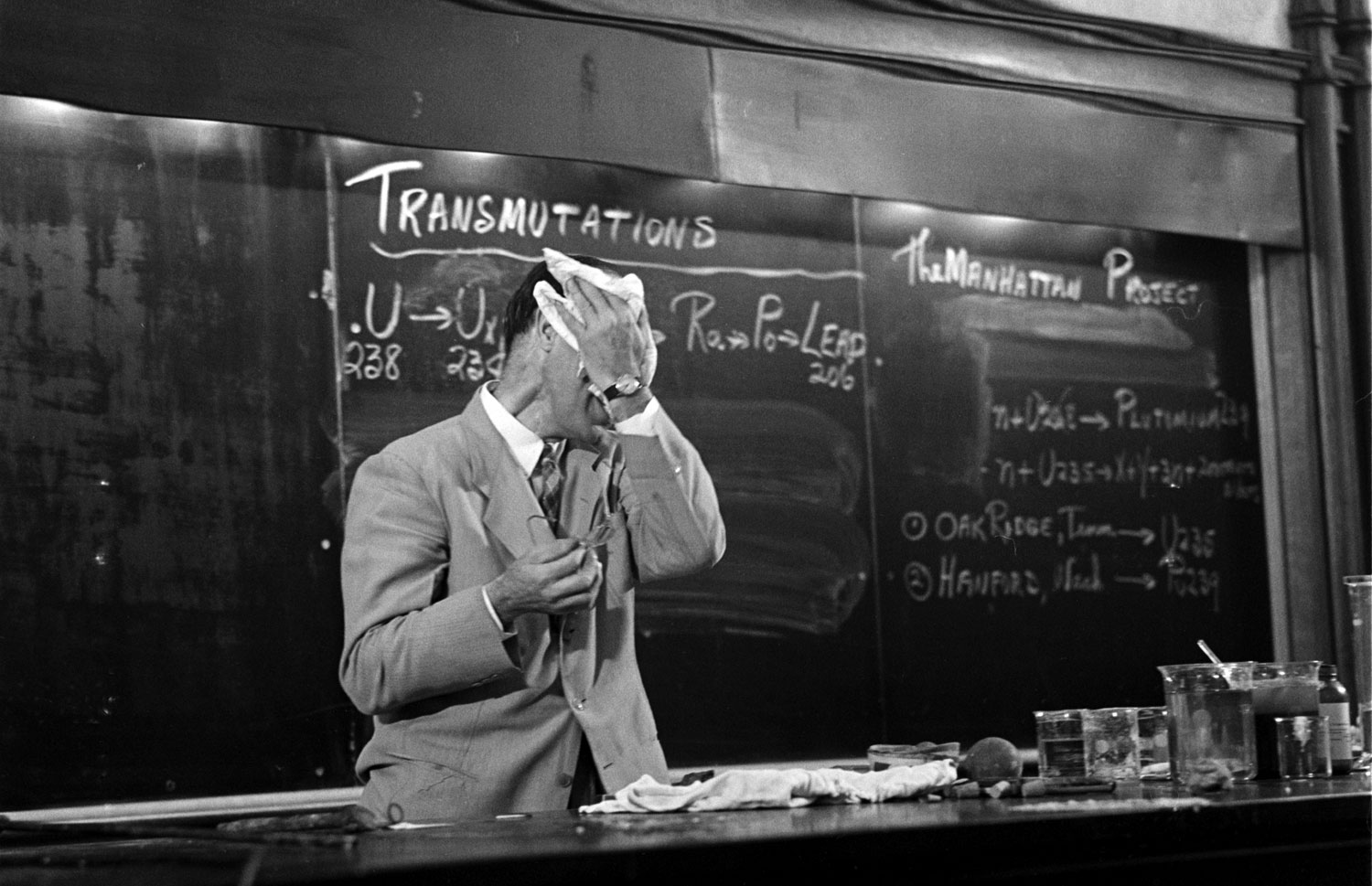

More Must-Reads from TIME
- Donald Trump Is TIME's 2024 Person of the Year
- Why We Chose Trump as Person of the Year
- Is Intermittent Fasting Good or Bad for You?
- The 100 Must-Read Books of 2024
- The 20 Best Christmas TV Episodes
- Column: If Optimism Feels Ridiculous Now, Try Hope
- The Future of Climate Action Is Trade Policy
- Merle Bombardieri Is Helping People Make the Baby Decision
Contact us at letters@time.com